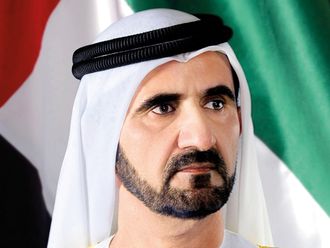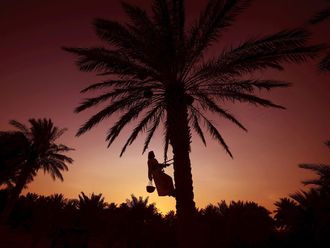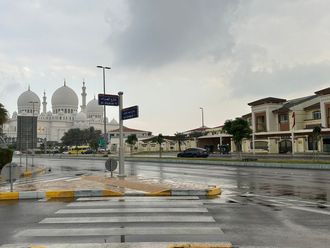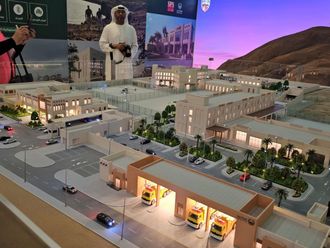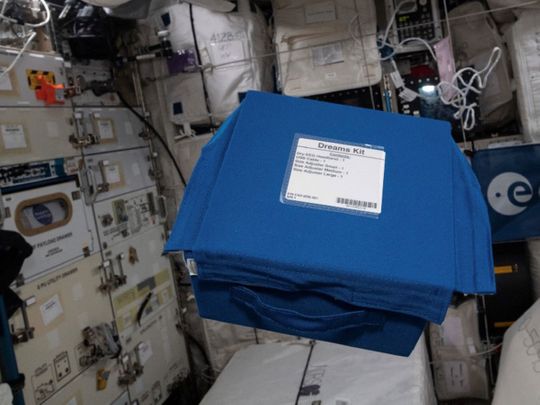
Dubai: From using ‘Dreams’ to study sleep, to filming heart tissue chambers and wearing Bio-Monitor garment and headband to analyse physiological parameters, UAE astronaut Sultan Al Neyadi’s science experiments are now in full swing in space.
In its latest updates about the Expedition 68 crew members including Al Neyadi’s SpaceX Crew-6 on board the International Space Station (ISS), NASA provided details on how Al Neyadi’s science experiments have gained momentum in the past couple of days.
As part of the experiments, Al Neyadi recorded a video of Cardinal Heart 2.0 tissue chambers. The investigation tests clinically approved pharmaceutical drugs to reverse the negative effects on heart cells and tissues caused by prolonged exposure to the space environment.
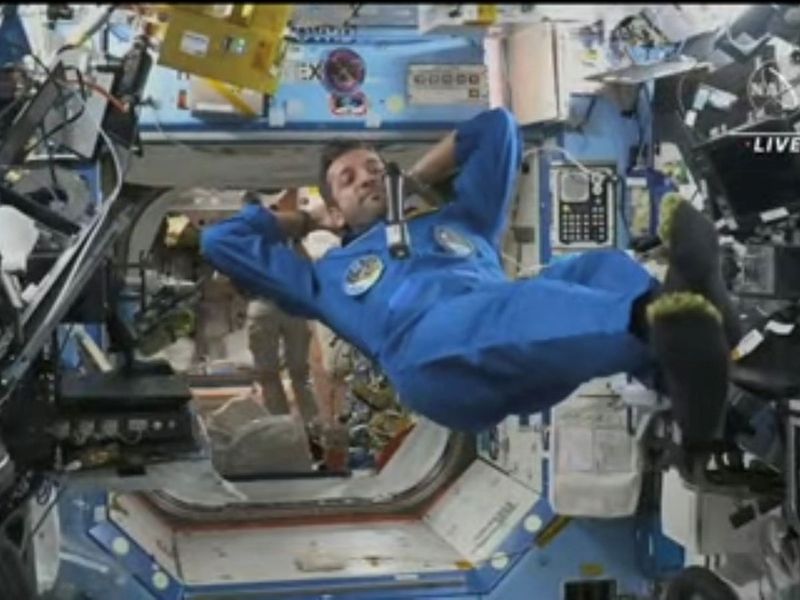
This was one of the experiments that Al Neyadi had been excited about prior to his launch to the ISS on March 2.
Afterward, NASA said, Al Neyadi removed the Bio-Monitor garment and headband and synchronised the unit to the controller for data transfer.
Bio-Monitor is a Canadian onboard instrument that serves as a platform for scientific experiments on the ISS. The instrument performs on-orbit monitoring of crewmembers’ physiological parameters, with wearable sensors that only minimally interfere with crewmembers’ daily activities.
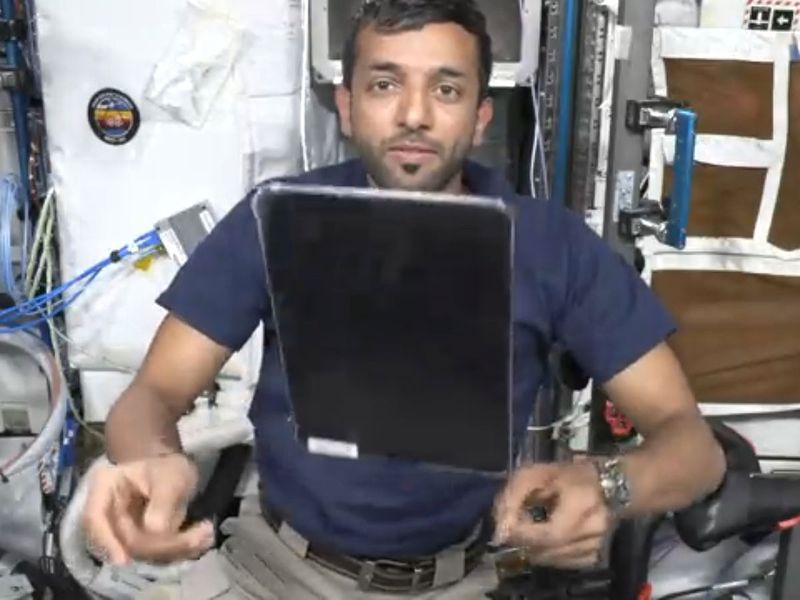
How does it work?
According to NASA, the Controller is unstowed and connected to the ISS power and Ethernet. During operation, the crew dons an instrumented Garment and Headband, and synchronises the Data Unit with the Controller.
The Data Unit is connected to the Garment to start data recording. Then the crew proceeds with daily tasks.
An iPad application allows real time visualisation of physiological parameters and troubleshooting. Exercise prescriptions can also be displayed on the iPad. Synchronisation of the Data Device is possible with the iPad application.
Upon completion of a recording session, the Data Device is connected to the powered Controller for unattended data transfer. Crew then proceeds with Garment and Headband stowage. Upon completion of data transfer, crew proceeds with stowage of Data Unit and Controller.
“Dreams” to study sleep
NASA said Al Neyadi also donned the Dry-EEG Headband or “Dreams” overnight for sleep studies in space.
The Sleep Monitoring in Space with Dreams is a technology demonstration investigation, which aims to demonstrate the correct signal acquisition of the Dry-EEG Headband in microgravity. It monitors astronauts’ sleep quality during long duration spaceflight missions aboard the ISS. It also aims to assess the effect of Cognitive Behavioural Therapy to reduce stress and help crewmembers to fall asleep.
Considering the central role of sleep in human behavior and health, sleep quality is a key factor for current and future exploration missions. The investigation monitors crewmembers’ quality of sleep by measuring duration, sleep stages, heart rate, and the number of awakenings.
During his live interaction with the public in Dubai on Tuesday, Al Neyadi had spoken about sleeping in space. He floated into a lying position to show that astronauts do not require bed or pillows to sleep and just need to shut their eyes. However, he added they do not sleep that way since they could float around and hit somewhere. Astronauts usually sleep in their sleep bags strapped to the wall.
Read More
- Sultan Al Neyadi to interact with UAE public from ISS in series of events from March 21
- Watch: UAE astronaut Sultan Al Neyadi has coffee in space, invites residents for live call from Dubai
- Watch: UAE astronaut Sultan Al Neyadi answering UAE residents' questions from International Space Station
- Around 2,000 UAE residents at Dubai Opera interact with Sultan Al Neyadi in ISS
Bionmanufacuring food, medicine
Earlier this week, Al Neyadi installed rhodium science chambers in the variable gravity simulator as part of the Rhodium DARPA Biomanufacturing 01 investigation.
NASA said the results of this investigation may help reduce the costs of future missions by improving space biomanufacturing.
“This experiment contributes to the advancement of space biomanufacturing, which includes the production of food and pharmaceuticals,” the Mohammed Bin Rashid Space Centre (MBRSC) in Dubai added in a tweet.
Biomanufacturing is the process of using living systems such as microorganisms and cell cultures to produce materials and biomolecules on a commercial scale.
Space biomanufacturing is the process of using microbes in the space station to produce materials and biomolecules like biopolymers, food, and pharmaceuticals.
The ‘Efficient and Resilient Biomanufacturing in Variable Gravity (Rhodium DARPA Biomanufacturing 01)’is an investigation funded by the Department of Defense (DoD) and the Defense Advanced Research Projects Agency (DARPA) to determine whether biomanufacturing is feasible in a microgravity environment.
Additionally, Al Neyadi continued to help transfer the 6,200 pounds of research hardware and supplies between the space station and the uncrewed SpaceX CRS-27, which arrived at the orbital outpost on March 16.


